From 3D printed mud homes to portable kitchens, in Venice, we explore new ways to co-exist with our planet
At Palazzo Diedo a new exhibition by MIT Architecture and Antikythera questions how construction is currently understood in order to ‘rebuild’ our world, for 19th Venice Architecture Biennale
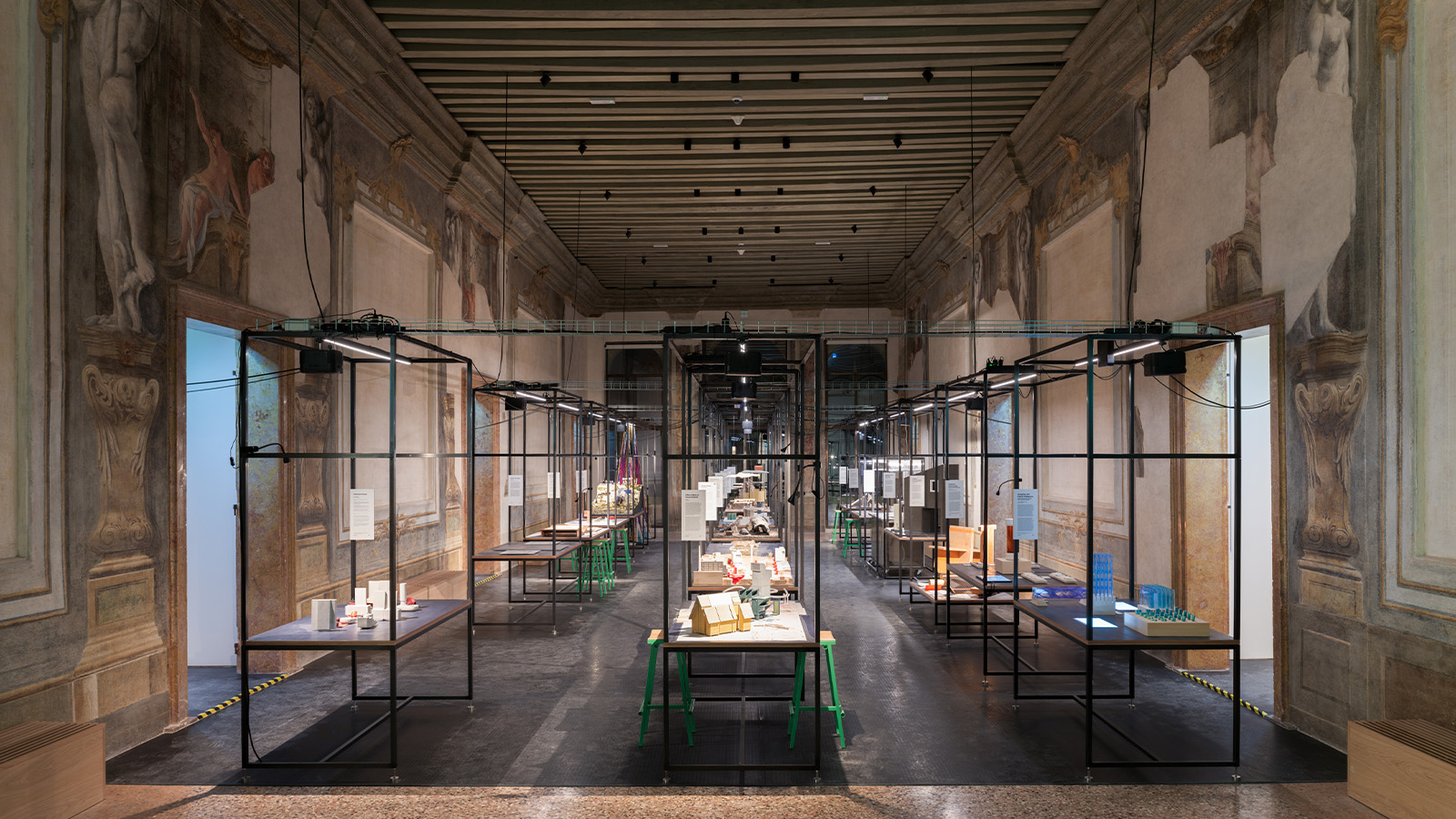
After roaming winding streets and crossing quaint Venetian bridges, Palazzo Diedo stands tall and grand on the canal-side. Following extensive restoration, the building has been returned to the community after years of neglect, and is now a space for artistic expression and cultural production. It is here that two pioneering research initiatives set up shop to present ‘The Next Earth: Computation, Crisis, Cosmology’ during 19th Venice Architecture Biennale.
‘The Next Earth: Computation, Crisis, Cosmology’
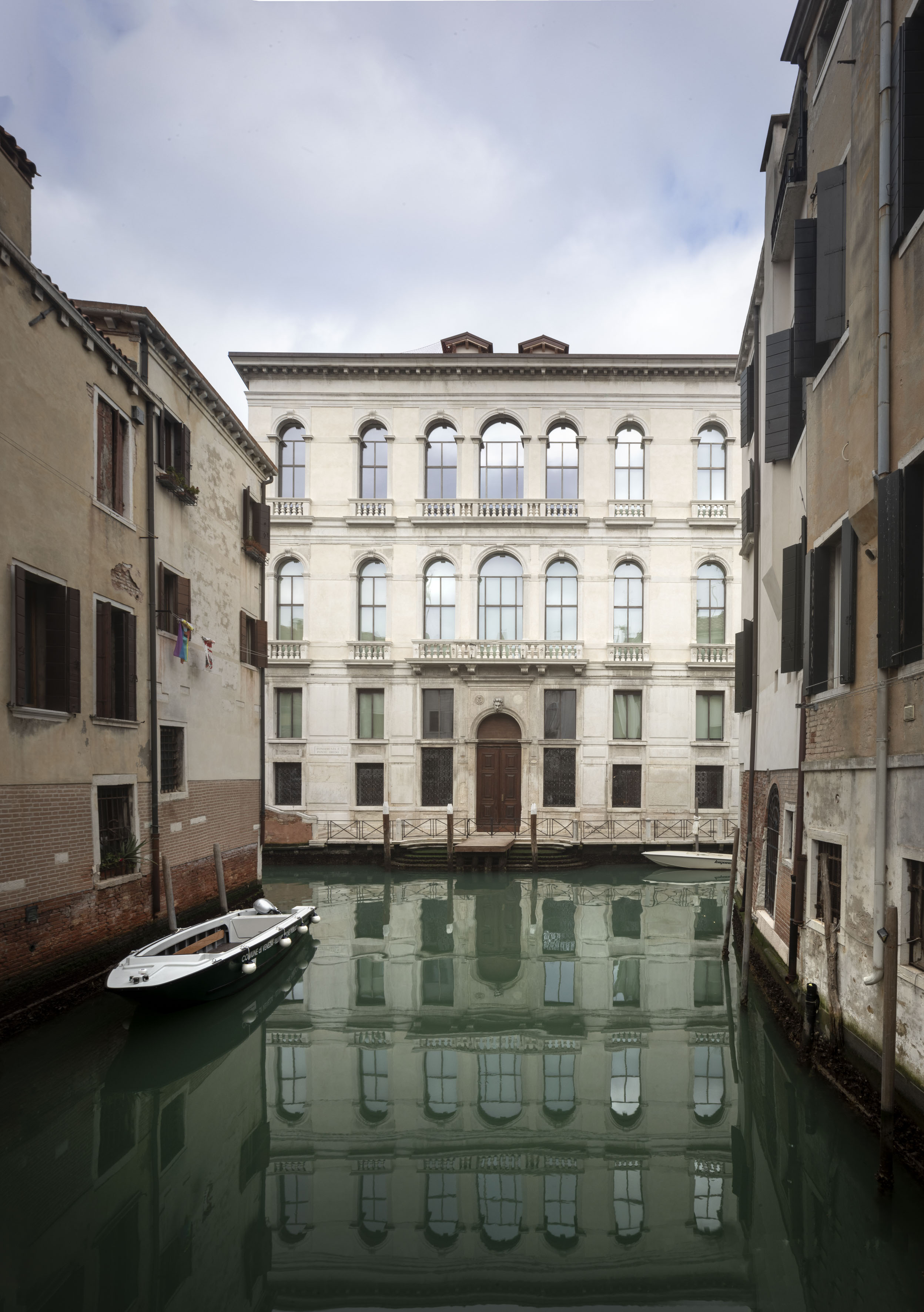
Palazzo Diedo
The initiatives include Antikythera’s ‘The Noocene: Computation and Cosmology from Antikythera to AI’, and MIT Architecture’s ‘Climate Work: Un/Worlding the Planet’. Opening today (9 May), Palazzo Diedo Berggruen Arts & Culture is the perfect location to host as it creates a bridge between the contemporary and forward thinking movements within the walls of the past, rich in architectural history.
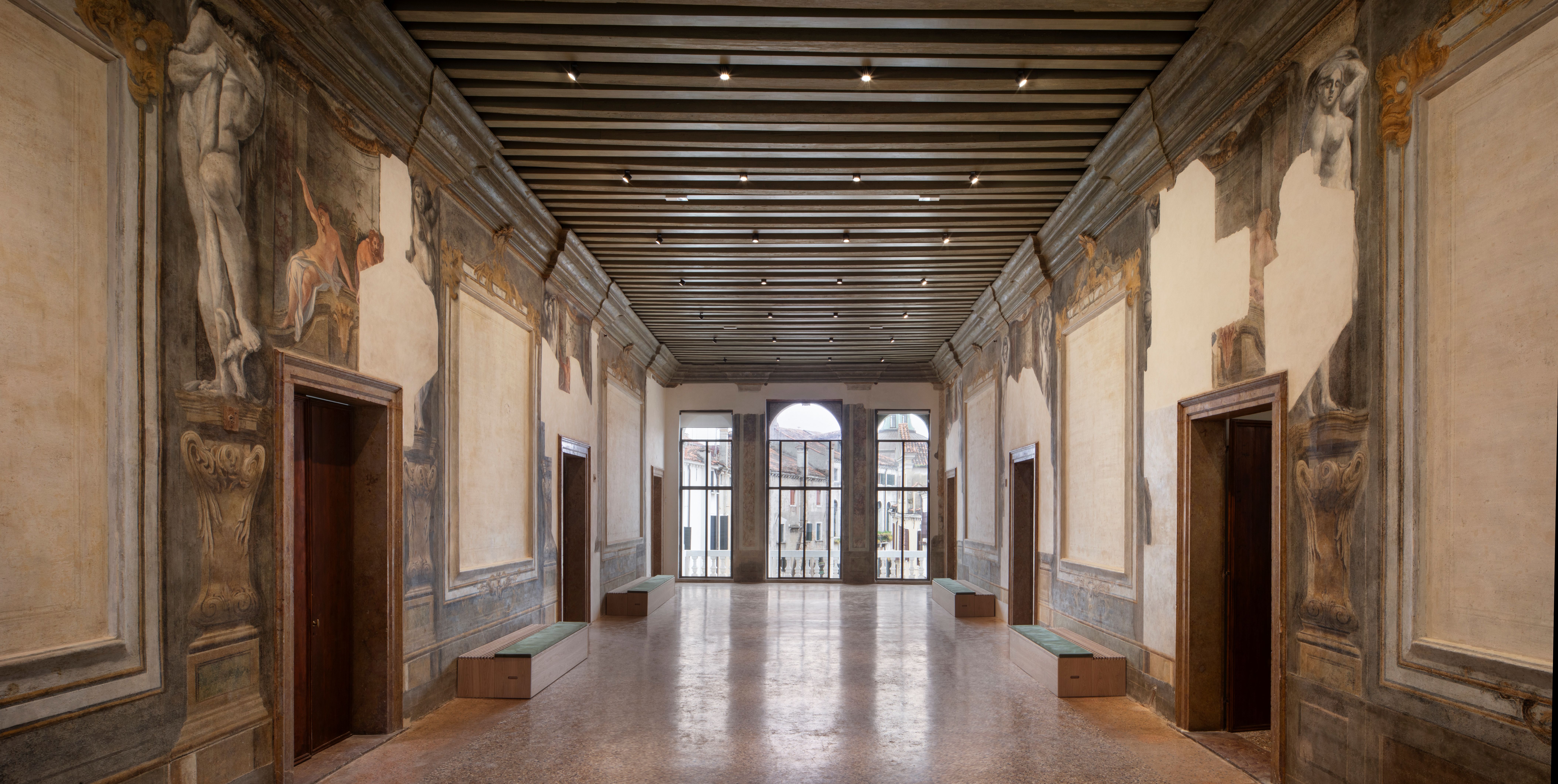
Inside Palazzo Diedo
The two concepts raise questions about how architecture can co-exist with the Earth, and how it can respond to environmental crises. MIT Architecture has had a particular focus on climate and sustainability within the last decade. For ‘Climate Work: Un/Worlding the Planet’ they presented thirty works-in-progress by the MIT faculty, each presenting a sample of a world – reimagining material supply chains, energy expenditure, modes of practice, and deep-time perspectives.
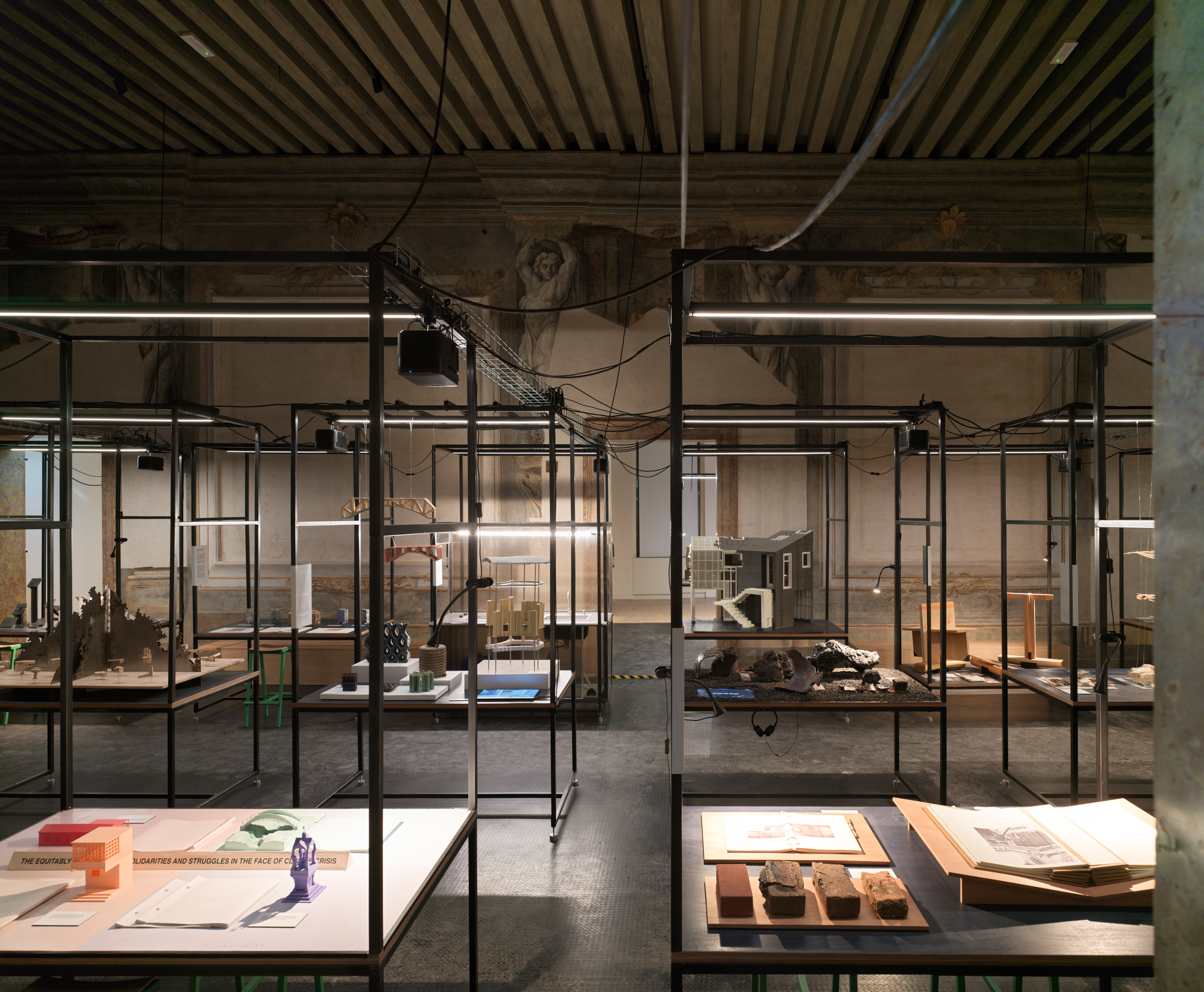
Installation view, The Next Earth. Computation, Crisis, Cosmology at Palazzo Diedo, Berggruen Arts & Culture.
Some of these included reimagining timber by simply building within forestry rather than using it for material. Another was a portable kitchen, a somewhat simple concept, yet for many areas worldwide having access to kitchens or having them installed can be extremely difficult. MIT’s solution included a working stove and running water which can be easily movable and transported anywhere. Another example included 3D printing with small scale models made out of mud, with the idea to eventually create residences via this method and materiality.
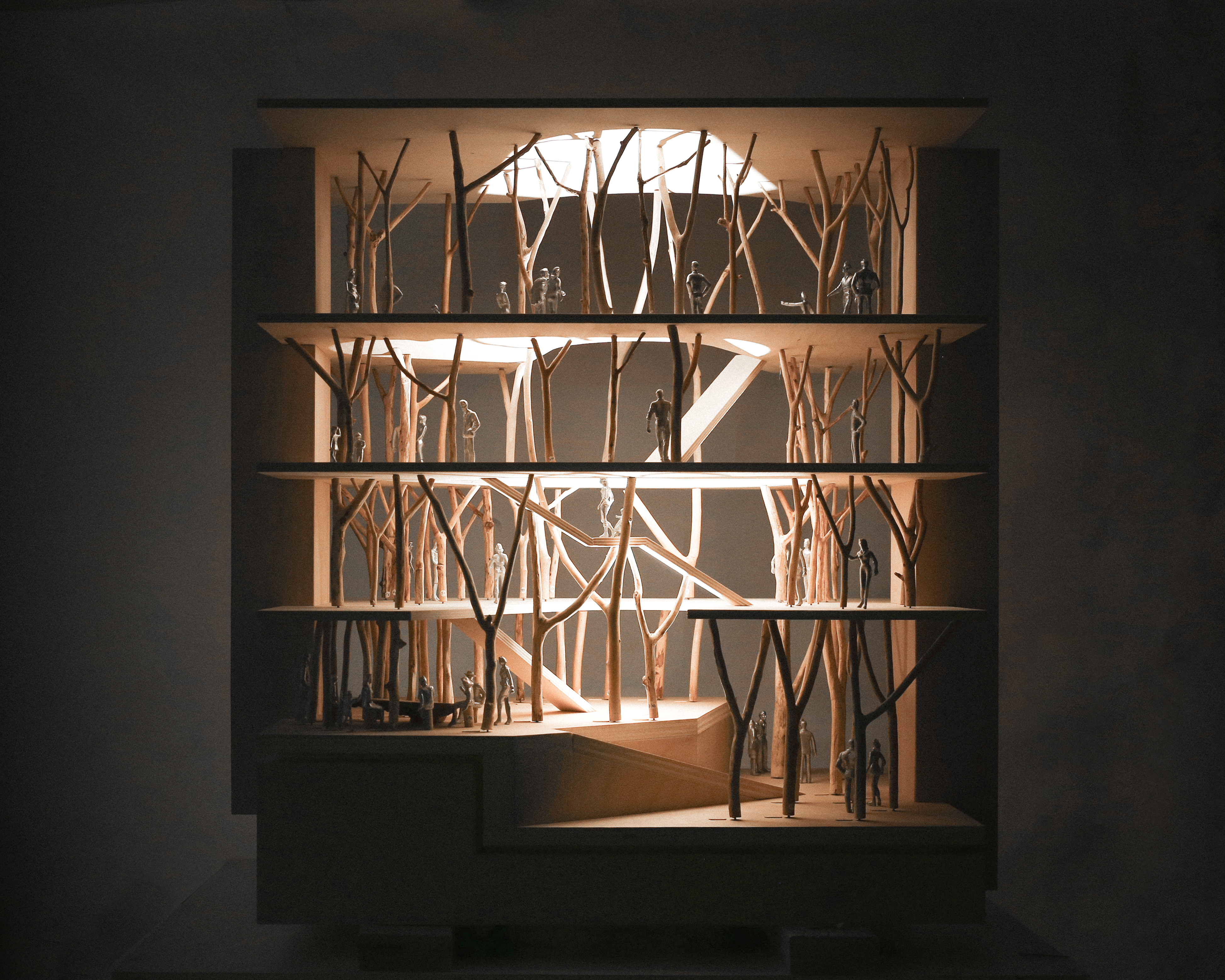
'Tree Form' by MIT Architecture
These presented ideas question how architecture not only is informed by its surrounding context, but should also adapt to it by offering new narratives in how construction is currently understood in order to ‘rebuild’ our world.

Les Norford + Eduardo Gascón Alvarez 3D printed mud models
Antikythera is a Berggruen research program that reorients planetary computation as a philosophical, technological and geopolitical force. It sounds complex. It means viewing computation not just as a human tool, but as a global-scale infrastructure that shapes our understanding and interaction with the world. What Antikythera presents is a development of global networks, sensors, and software, essentially treating the Earth as a vast, interconnected computational system. Antikythera takes its name from the first known computer, an ancient device designed to calculate and navigate time and space. Their exhibition looks at the evolution of planetary computation from Antikythera to AI.
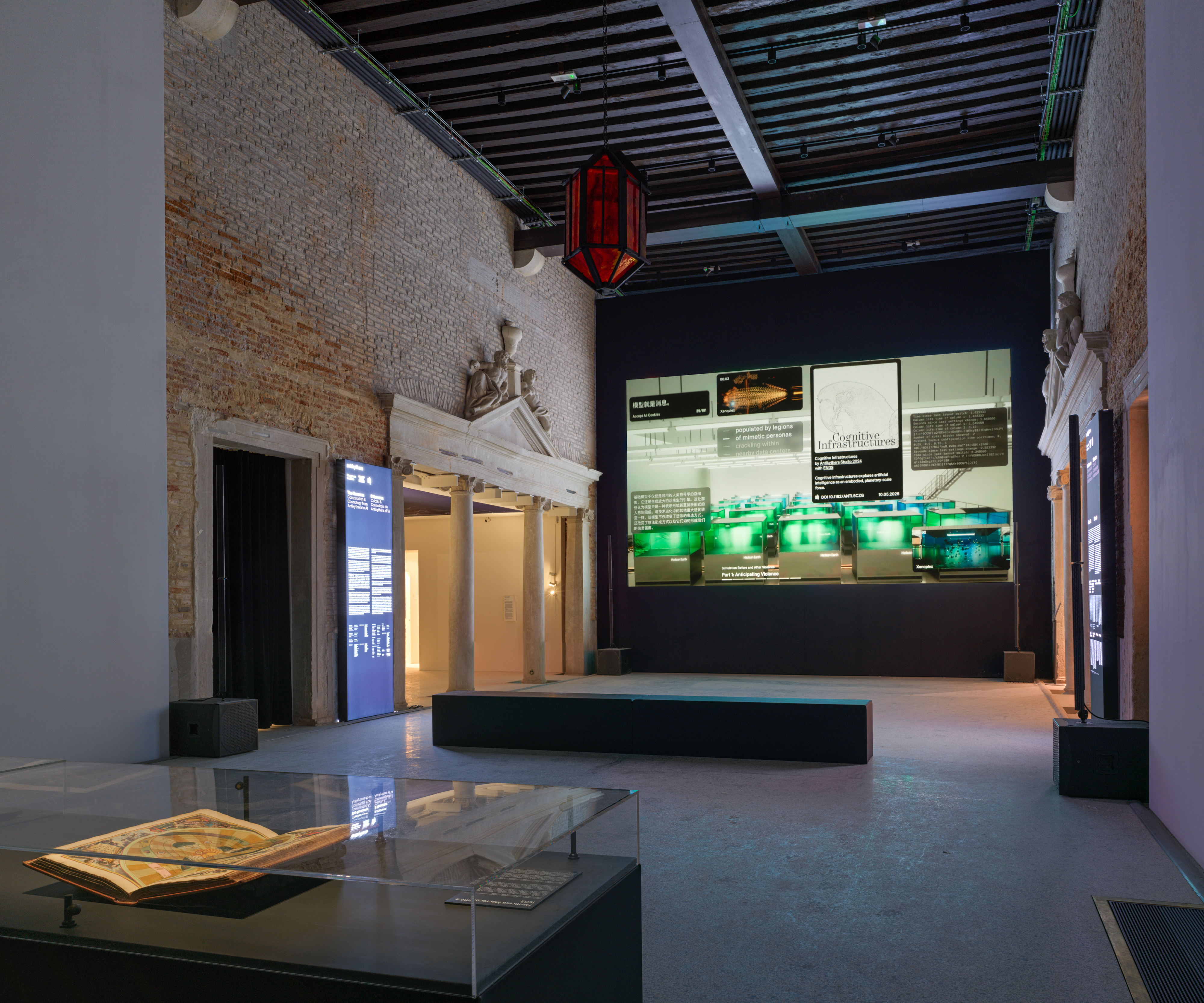
Installation view, The Next Earth. Computation, Crisis, Cosmology at Palazzo Diedo, Berggruen Arts & Culture
Along with selected historical artefacts, the exhibition is centred around an architectural scale video monolith which presents Antikythera’s key concepts as well as select short films on AI, astronomy and artificial life.
Collectively, the juxtaposing exhibitions harnesses a conversation to rethink the scale of human action in relation to the planet and its resources, by harnessing imagination.
Receive our daily digest of inspiration, escapism and design stories from around the world direct to your inbox.
'The Next Earth' will be open to the public throughout the Biennale Architettura 2025 at Palazzo Diedo
Tianna Williams is Wallpaper’s staff writer. When she isn’t writing extensively across varying content pillars, ranging from design and architecture to travel and art, she also helps put together the daily newsletter. She enjoys speaking to emerging artists, designers and architects, writing about gorgeously designed houses and restaurants, and day-dreaming about her next travel destination.
-
 The Wilke is LA’s answer to the British pub
The Wilke is LA’s answer to the British pubIn the Brentwood Village enclave of Los Angeles, chef and restaurateur Dana Slatkin breathes new life into a storied building by one of Frank Gehry’s early mentors
-
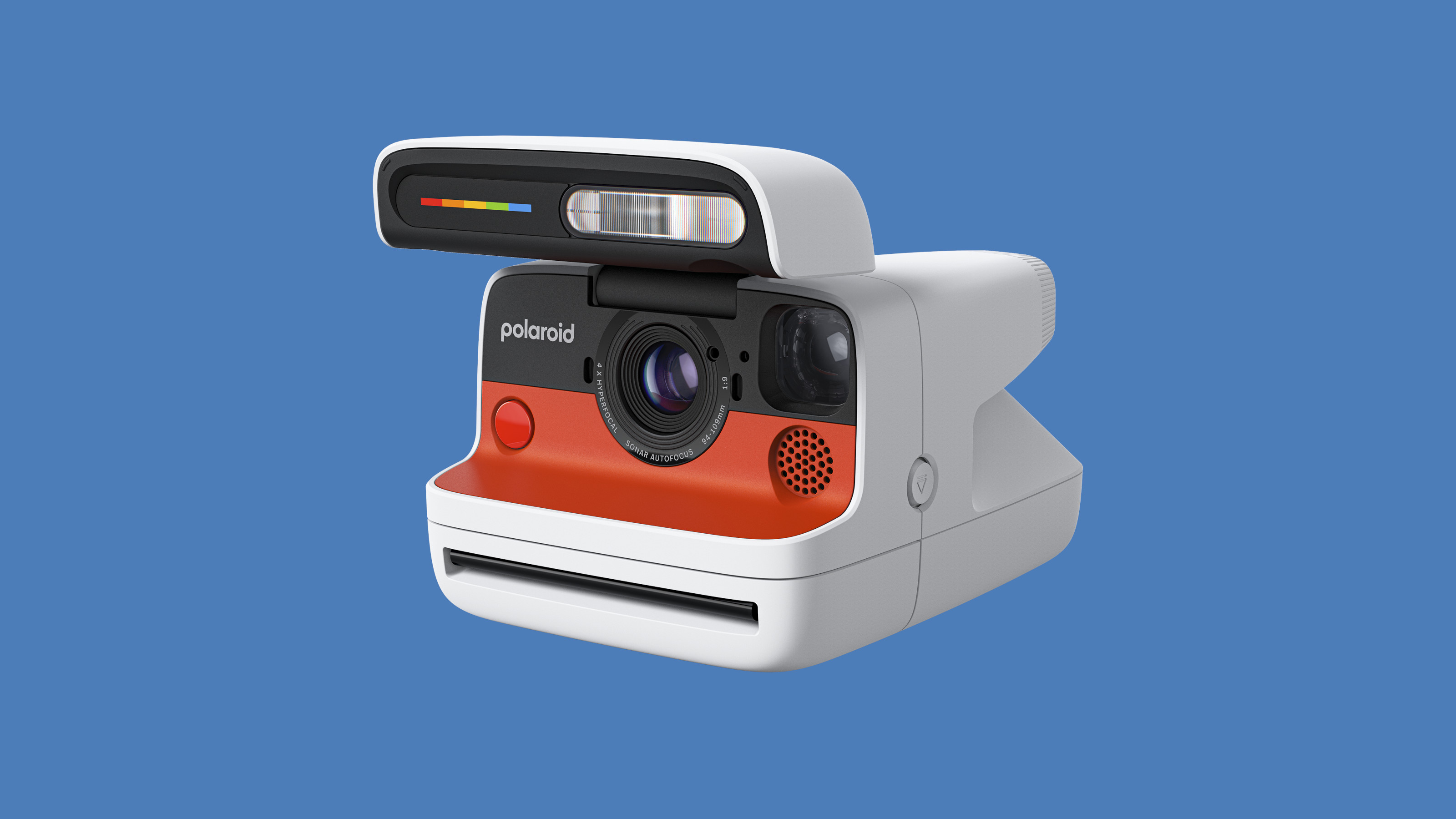 Top 10 gadgets of 2025, as chosen by technology editor Jonathan Bell
Top 10 gadgets of 2025, as chosen by technology editor Jonathan BellWhat were the most desirable launches of the last 12 months? We’ve checked the archives to bring you this list of the year’s ten best devices
-
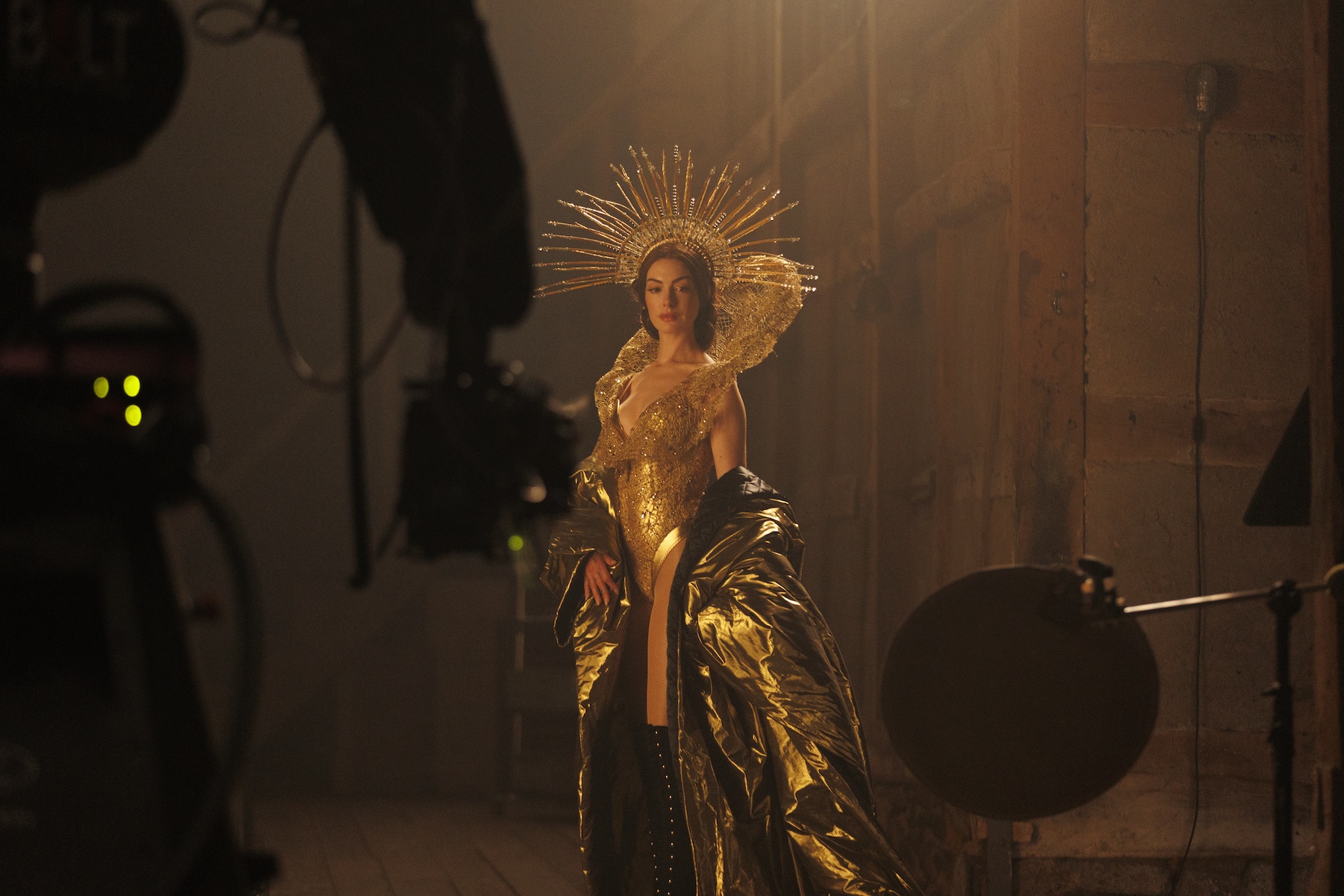 2026 will be all about style on screen. Here are some fashionable films to look out for
2026 will be all about style on screen. Here are some fashionable films to look out forFrom the return of Devil Wears Prada to a slew of stylish A24 projects, eight fashionable films to add to your watch list in 2026
-
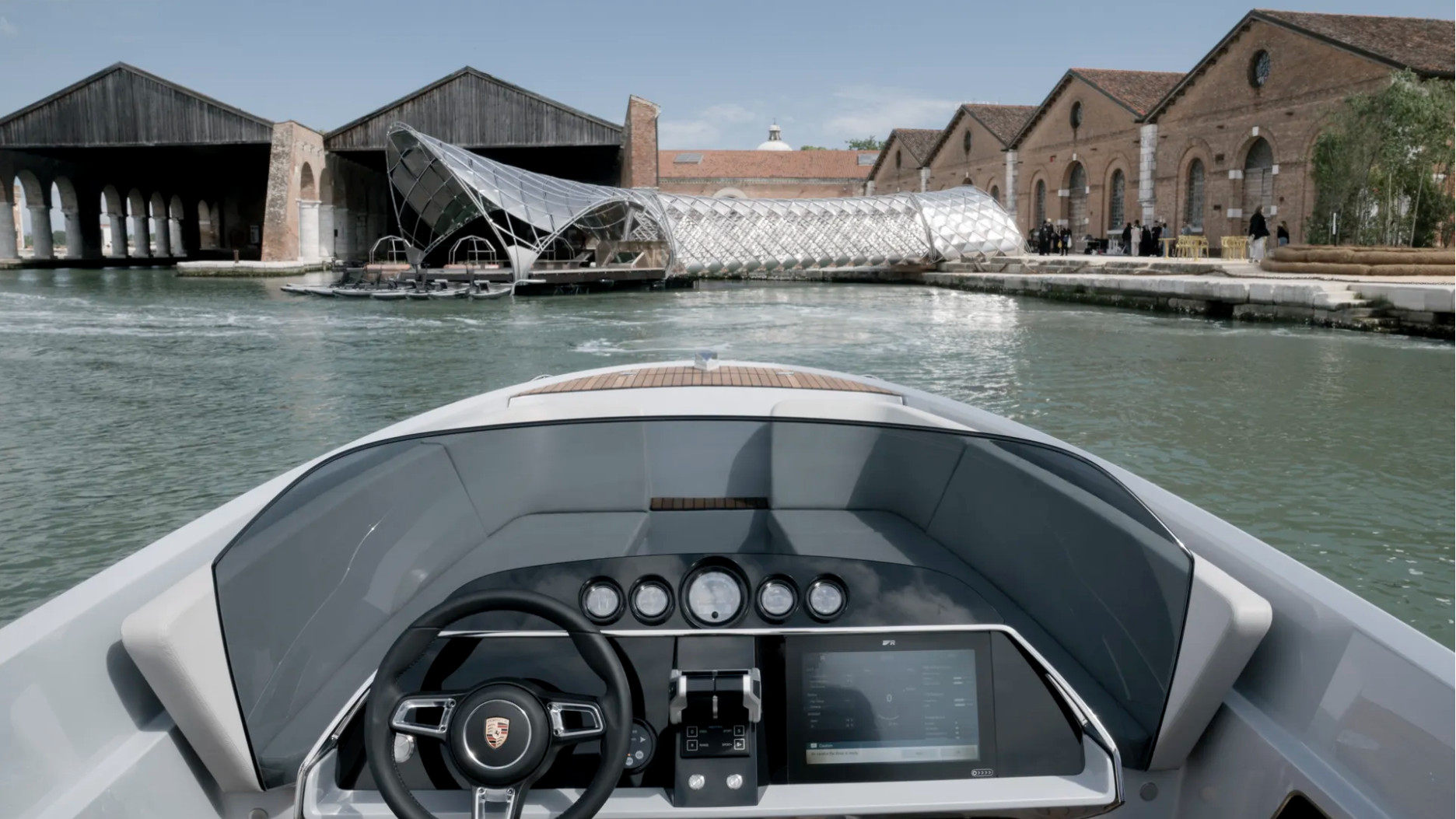 Porsche and the Norman Foster Foundation rethink the future of mobility
Porsche and the Norman Foster Foundation rethink the future of mobilityA futuristic Venice transport hub, created with the Norman Foster Foundation for Porsche’s The Art of Dreams programme, is a star of the city’s Architecture Biennale
-
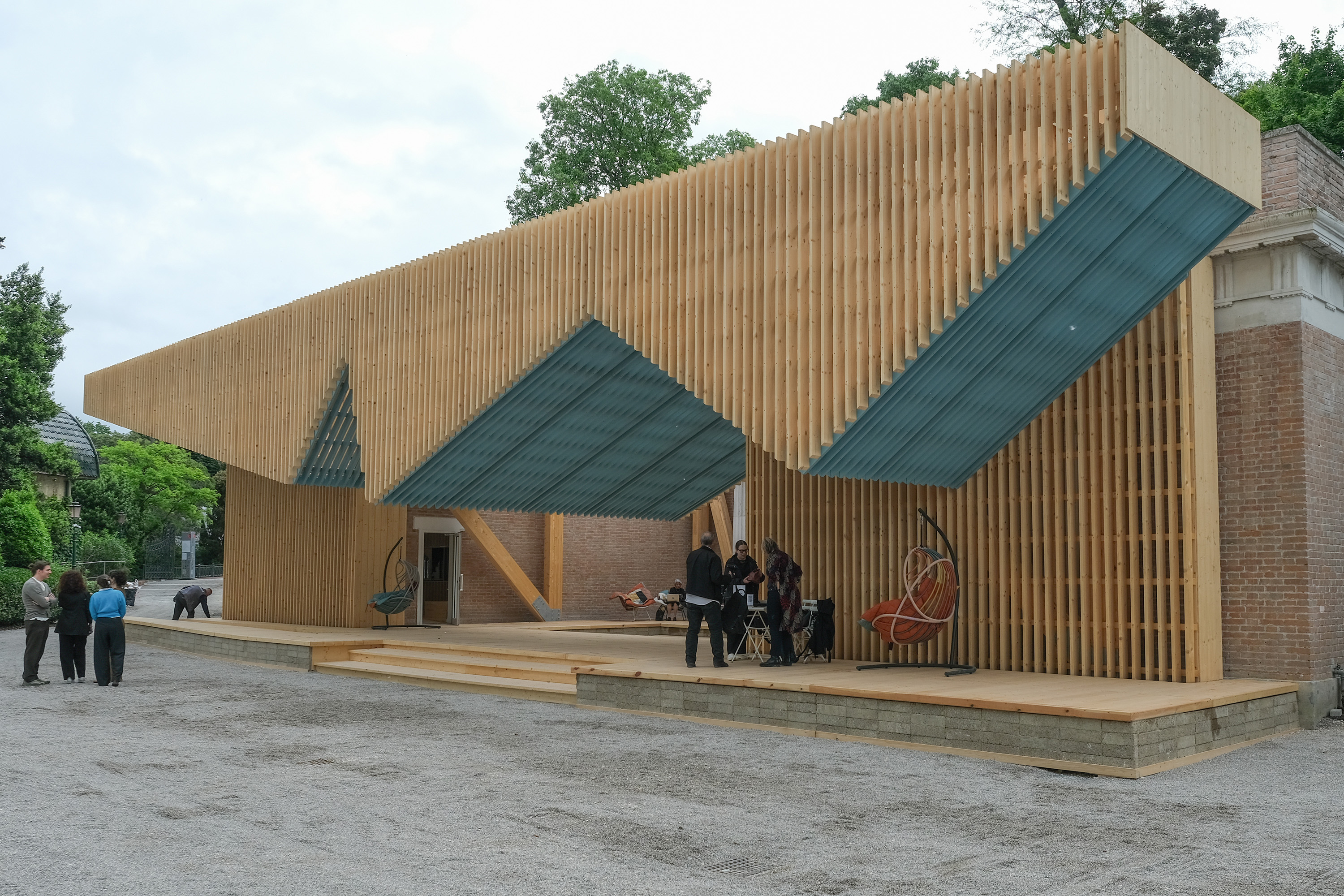 Want to be a Venice pavilion commissioner? Bring ideas – and your Rolodex
Want to be a Venice pavilion commissioner? Bring ideas – and your RolodexThe impressive showings of the USA's Venice pavilion in the Giardini belie the ambitious fundraising efforts that underpin them. Past and present curators tell us how it works
-
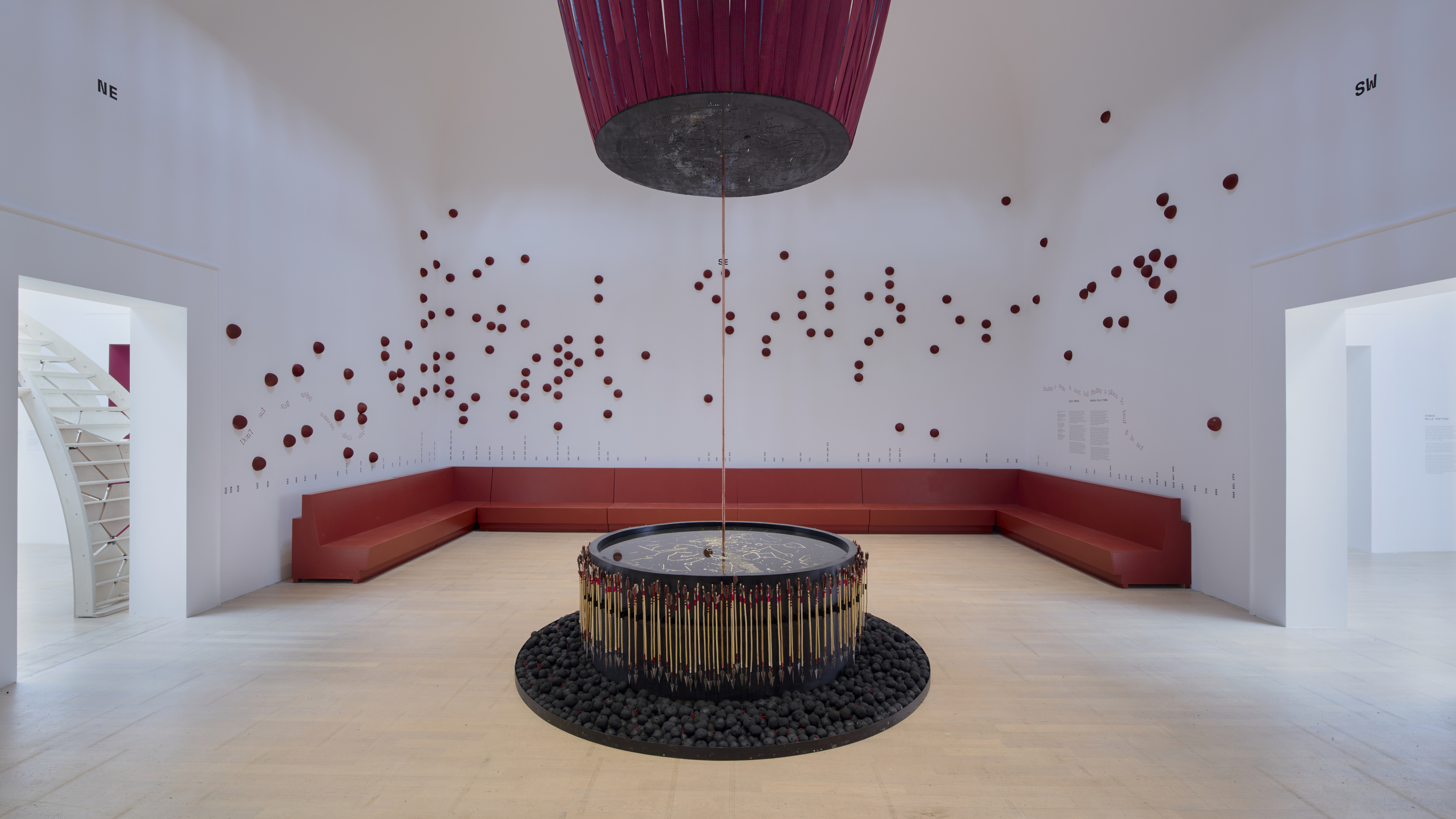 The 2025 British Pavilion in Venice offered up a Geology of Britannic Repair
The 2025 British Pavilion in Venice offered up a Geology of Britannic RepairThe 2025 British Pavilion in Venice is curated by an Anglo-Kenyan team of architects and designers; titled 'GBR: Geology of Britannic Repair', it explores the landscape of colonialism, its past, present and futures
-
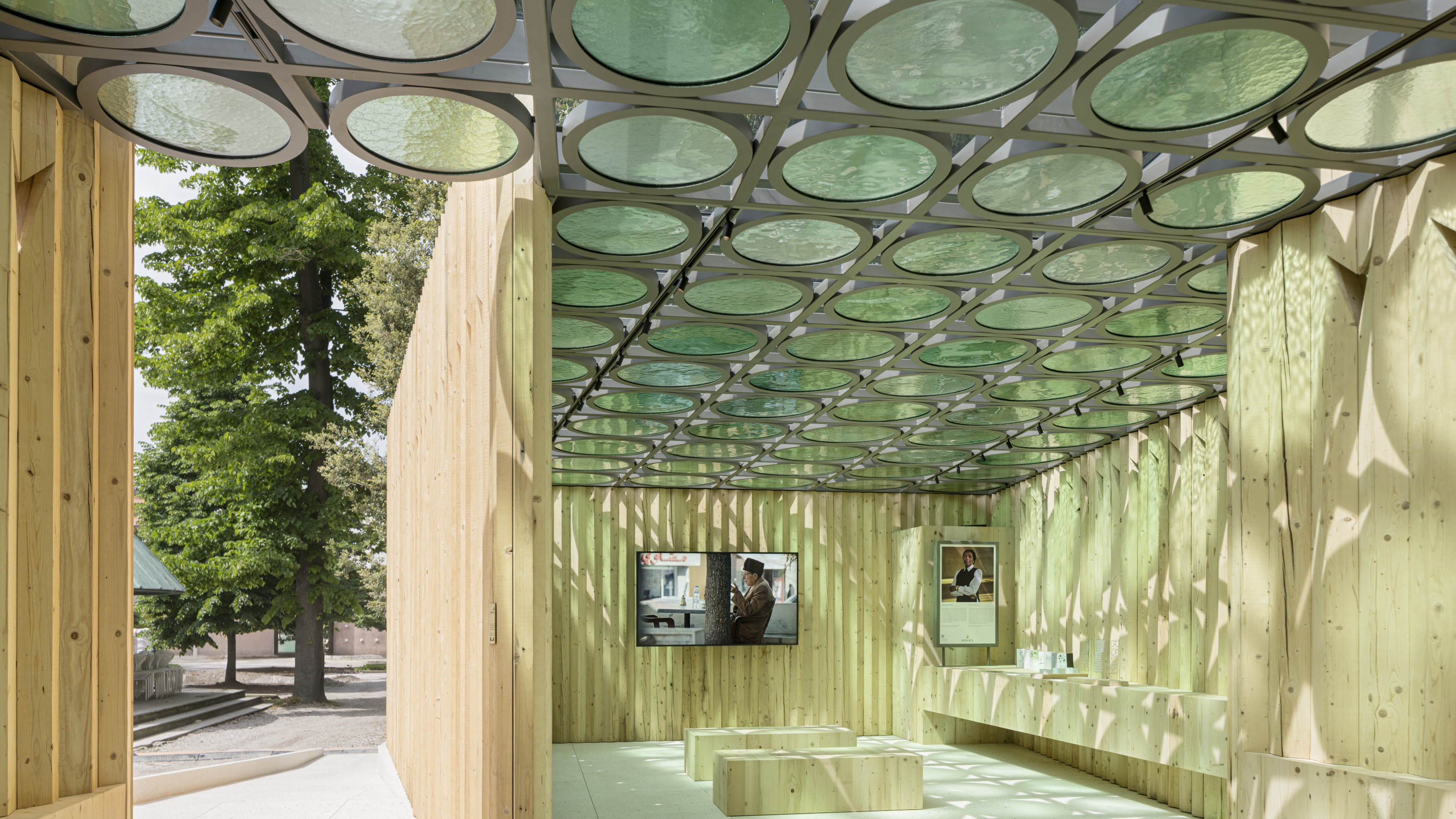 Sustainability underpins new Rolex Pavilion at the Venice Architecture Biennale
Sustainability underpins new Rolex Pavilion at the Venice Architecture BiennaleDesigned by architect Mariam Issoufou, the Rolex Pavilion is full of sustainably-minded soul – here’s what to expect from the building and the exhibit
-
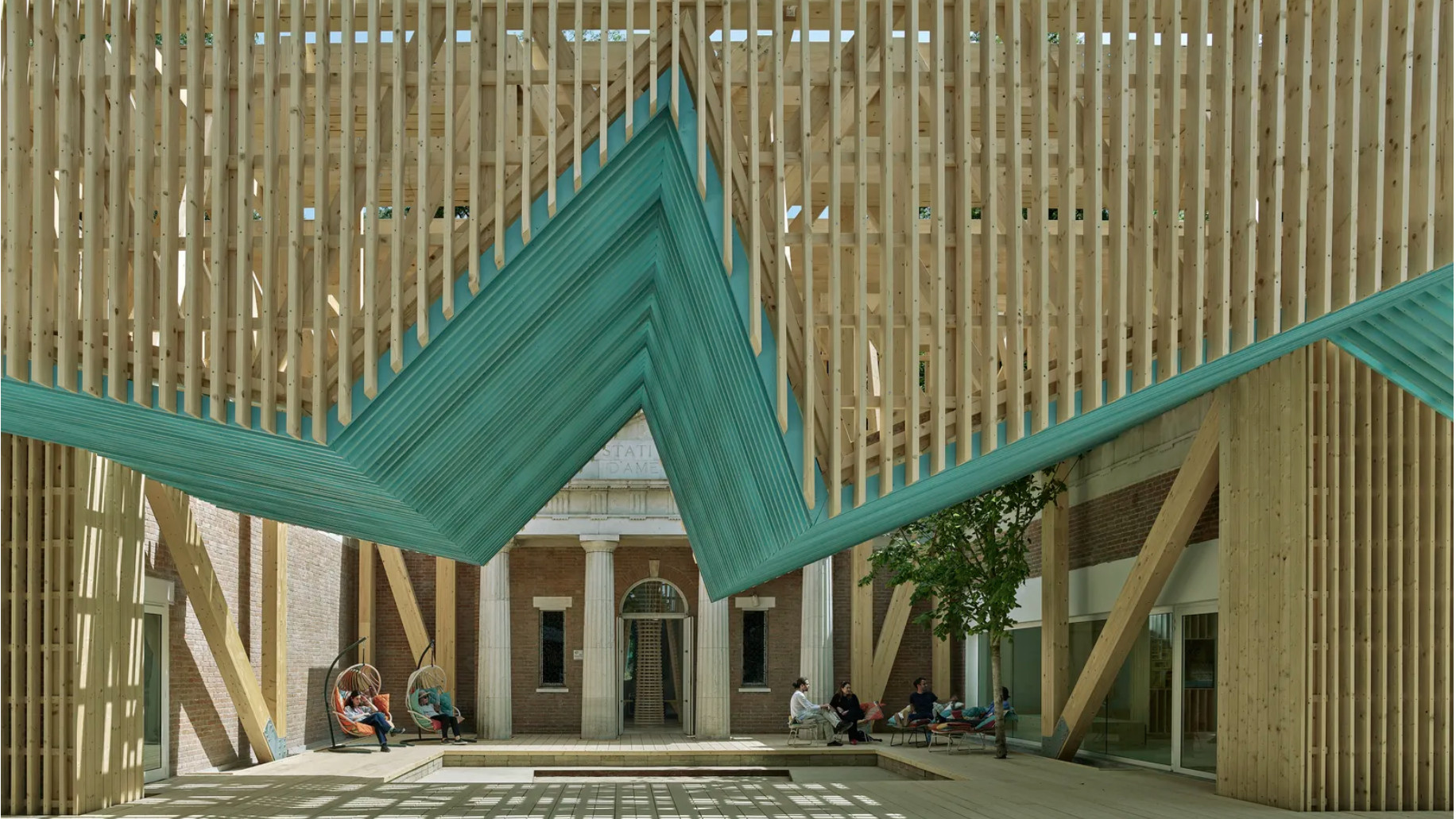 The 2025 US Pavilion at the Venice Architecture Biennale asks visitors to gather round
The 2025 US Pavilion at the Venice Architecture Biennale asks visitors to gather round‘PORCH: An Architecture of Generosity’ is a celebration of togetherness
-
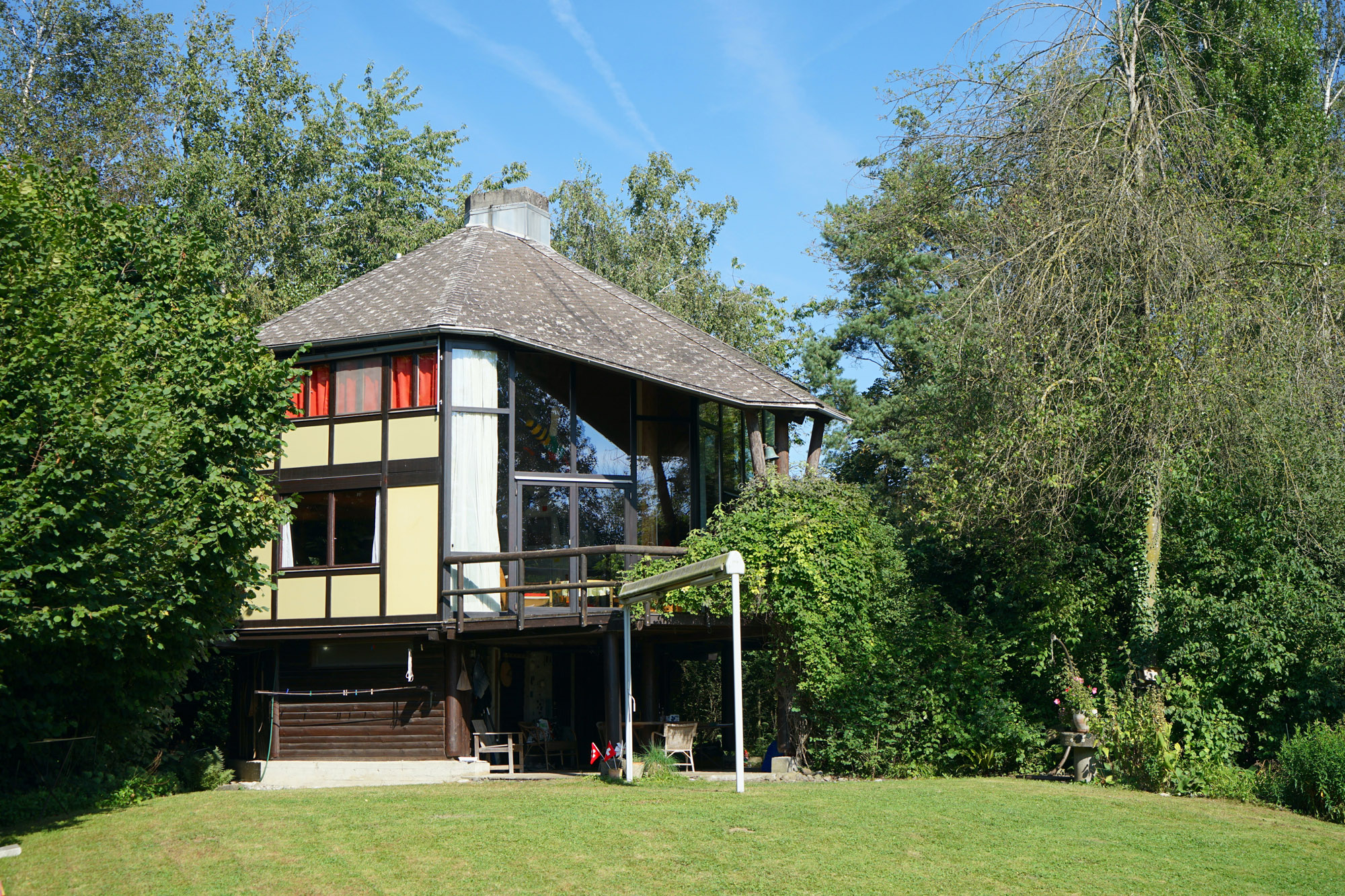 Behind the design of national pavilions in Venice: three studios to know
Behind the design of national pavilions in Venice: three studios to knowDesigning the British, Swiss and Mexican national pavilions at the Venice Architecture Biennale 2025 are three outstanding studios to know before you go
-
 Meet Carlo Ratti, the architect curating the 2025 Venice Architecture Biennale
Meet Carlo Ratti, the architect curating the 2025 Venice Architecture BiennaleWe meet Italian architect Carlo Ratti, the curator of the 2025 Venice Architecture Biennale, to find out what drives and fascinates him ahead of the world’s biggest architecture festival kick-off in May
-
 Venice Architecture Biennale 2025: the ultimate guide
Venice Architecture Biennale 2025: the ultimate guideThe Venice Architecture Biennale 2025 is now open to the public, and our ultimate guide for the what, who and where of the biannual festival is here to help you navigate the Italian island city and its rich exhibition offerings